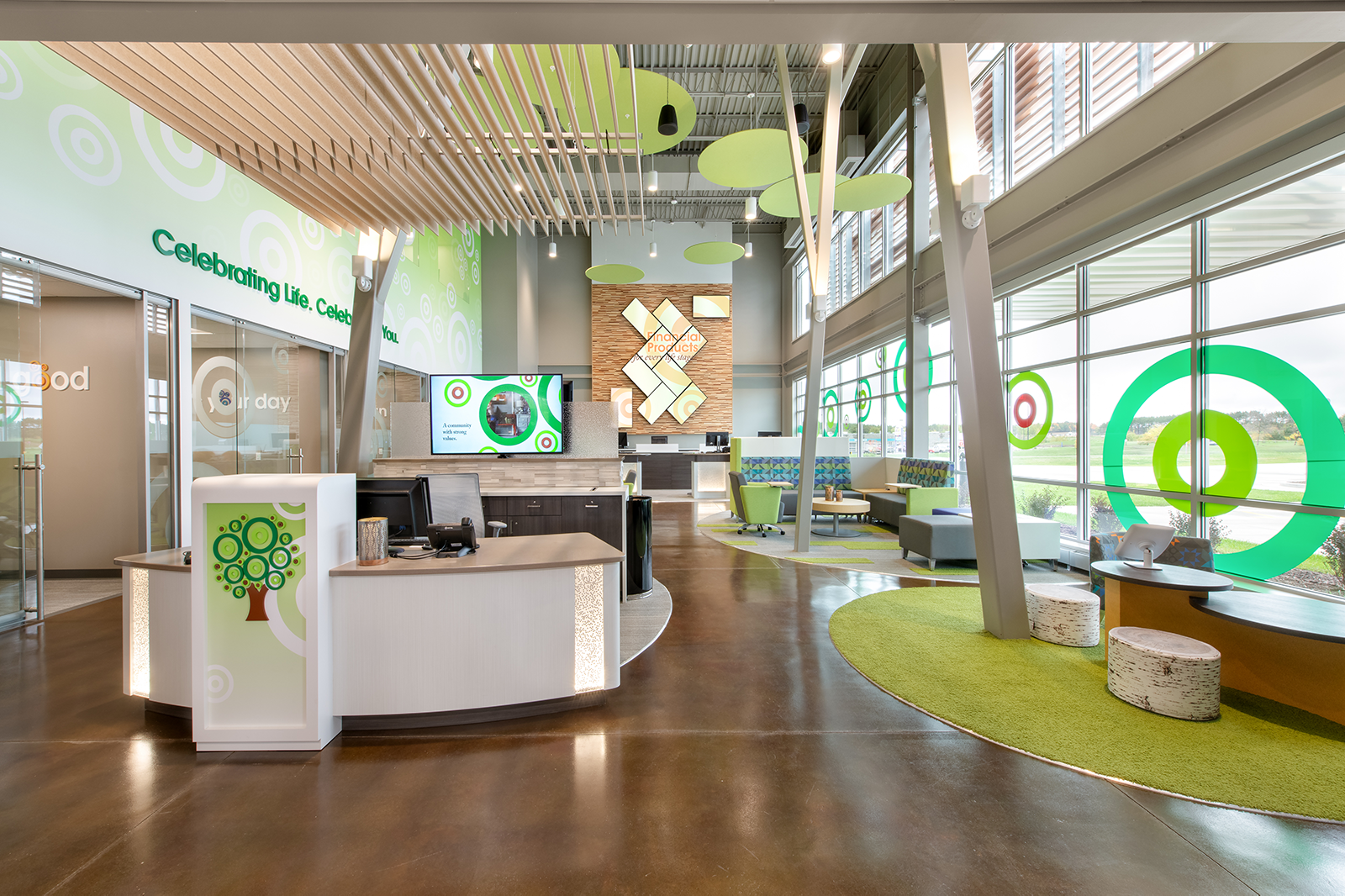Is Integrated Technology Improving Financial Literacy?
by Vivalociti“Hints For Those That Would Be Rich” was the title of Benjamin Franklin’s financial advice column in his annual almanac in 1737. The concept of financial literacy is commonly traced back to this column, with the understanding that the idea came to light even before then.
Banks and Credit Unions are often looked to as leaders in today’s financial literacy world, with leaders in the industry providing their consumers with the tools and knowledge needed to thrive financially. However, gone are the days of workbooks and pamphlets filled with tips about saving money. The Digital Age we are currently in uses technology that would make Benjamin Franklin’s head spin. Understanding the role technology can play in improving the quality of consumer’s financial literacy is key for your financial institution’s competitive edge.
Convenience
It’s no secret that our fast-paced world is accustomed to a quick and friction-less journey. With that being said, why would someone come all the way out to a branch location to do something they could also do at home? A branch needs to be as convenient as online self guided transactions, and technology makes that happen.
ITMs give the freedom of self-service and the flexibility to perform a wide variety of transactions, meaning no waiting in a teller line. With a video teller available at the press of a button, the option for help is readily available, providing time for a moment of education. Check-in kiosks can help financial institutions manage their queues more efficiently, allowing visitors to check in and receive service more quickly. This can improve the overall consumer experience and reduce wait times. Check-in kiosks can also be used to collect visitor information, such as account numbers, contact information, and transaction history. This information can be used to personalize service and make better recommendations. These and so many other technological advances add the necessary conveniences needed for the evolving consumer.
Consumer Journey
By understanding the different life stages that your consumer will go through, the messaging and services offered can be shifted as time goes on, broadening the horizon of financial literacy. By optimizing all touchpoints that a consumer has with your brand, a better experience can be provided across platforms, giving more opportunity to educate consumers and continue building that loyalty that is so necessary in the consumer- financial institution relationship.
Personalized Services
AI technology can play a hefty role in providing a personalized experience for someone visiting a branch location. Analyzing account holder data can help tellers and consumers alike identify financial needs, which can then help your FI provide a more customized service. The more customized an experience is, the more informed consumers are about their own journey. AI Technology can even use facial detection technology that compiles data like age, gender, and mood to ensure the content displayed within your branch is an automated way to display relevant marketing messages, at the right time.
Nurturing Relationships
While your branch’s integrated technology is helping one visitor make a quick withdrawal at an ITM, your teller now has the chance to form a deeper connection with someone else. Perhaps more time to educate someone on their home loan options, or sitting down and reviewing their most recent statement together allows your FI to create a seamless journey and generate financial education alongside loyalty across the board.
Financial Literacy Testing
Integrating technology such as a financial health check is a great way to help consumers learn about their current financial standing. These interactive tools can be integrated within financial institutions providing consumers with a quick and easy app-based quiz that informs them of their financial wellbeing. This data is also shared with the bank or credit union and can be leveraged to inform about offers and products to further assist consumers on their financial journey. Using tools like this help measure areas of household spend, saving, borrowing and planning which then allows for the exploration of important planning needs that all consumers should keep in mind.
Overall, technology is having a positive impact on the financial health and literacy of consumers. New technologies are making it easier for consumers to manage their money, visit a branch, and receive the highest level of service yet. Technology is also making it easier for consumers to access financial services and compare financial products. As this integration continues to evolve, it is likely that we will see even more ways in which the financial literacy of consumers is growing.






